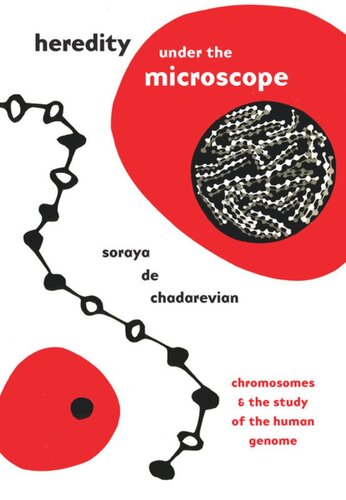

Most ebook files are in PDF format, so you can easily read them using various software such as Foxit Reader or directly on the Google Chrome browser.
Some ebook files are released by publishers in other formats such as .awz, .mobi, .epub, .fb2, etc. You may need to install specific software to read these formats on mobile/PC, such as Calibre.
Please read the tutorial at this link: https://ebookbell.com/faq
We offer FREE conversion to the popular formats you request; however, this may take some time. Therefore, right after payment, please email us, and we will try to provide the service as quickly as possible.
For some exceptional file formats or broken links (if any), please refrain from opening any disputes. Instead, email us first, and we will try to assist within a maximum of 6 hours.
EbookBell Team

4.3
88 reviewsBy focusing on chromosomes, Heredity under the Microscope offers a new history of postwar human genetics. Today chromosomes are understood as macromolecular assemblies and are analyzed with a variety of molecular techniques. Yet for much of the twentieth century, researchers studied chromosomes by looking through a microscope. Unlike any other technique, chromosome analysis offered a direct glimpse of the complete human genome, opening up seemingly endless possibilities for observation and intervention. Critics, however, countered that visual evidence was not enough and pointed to the need to understand the molecular mechanisms.
Telling this history in full for the first time, Soraya de Chadarevian argues that the often bewildering variety of observations made under the microscope were central to the study of human genetics. Making space for microscope-based practices alongside molecular approaches, de Chadarevian analyzes the close connections between genetics and an array of scientific, medical, ethical, legal, and policy concerns in the atomic age. By exploring the visual evidence provided by chromosome research in the context of postwar biology and medicine, Heredity under the Microscope sheds new light on the cultural history of the human genome.